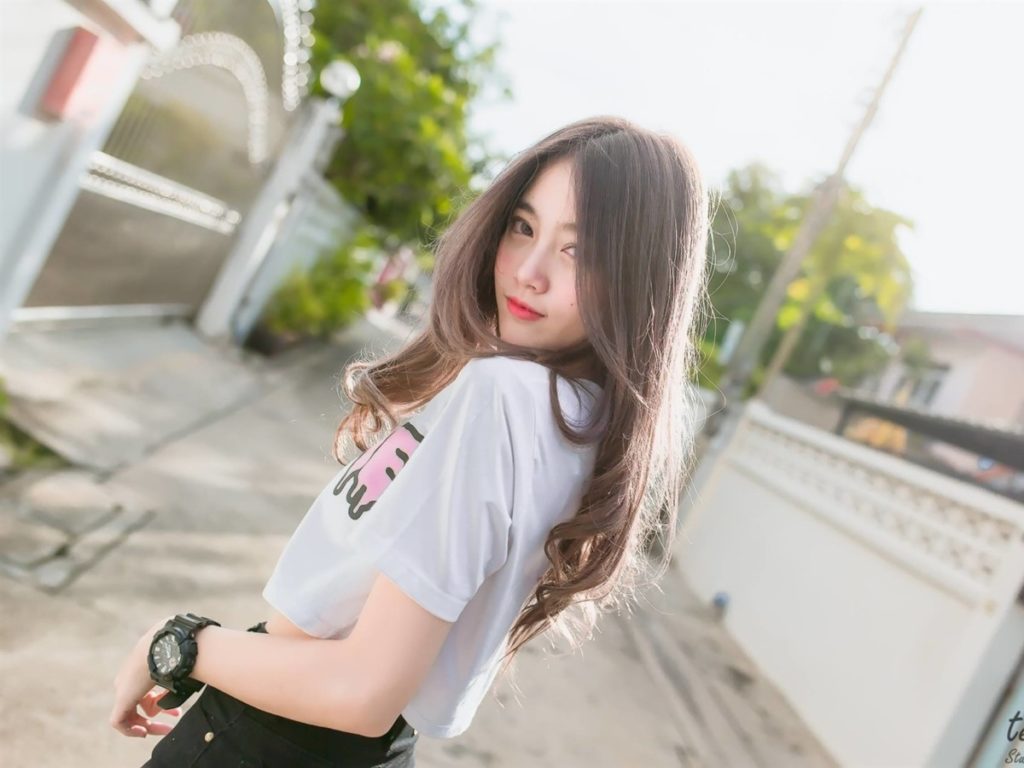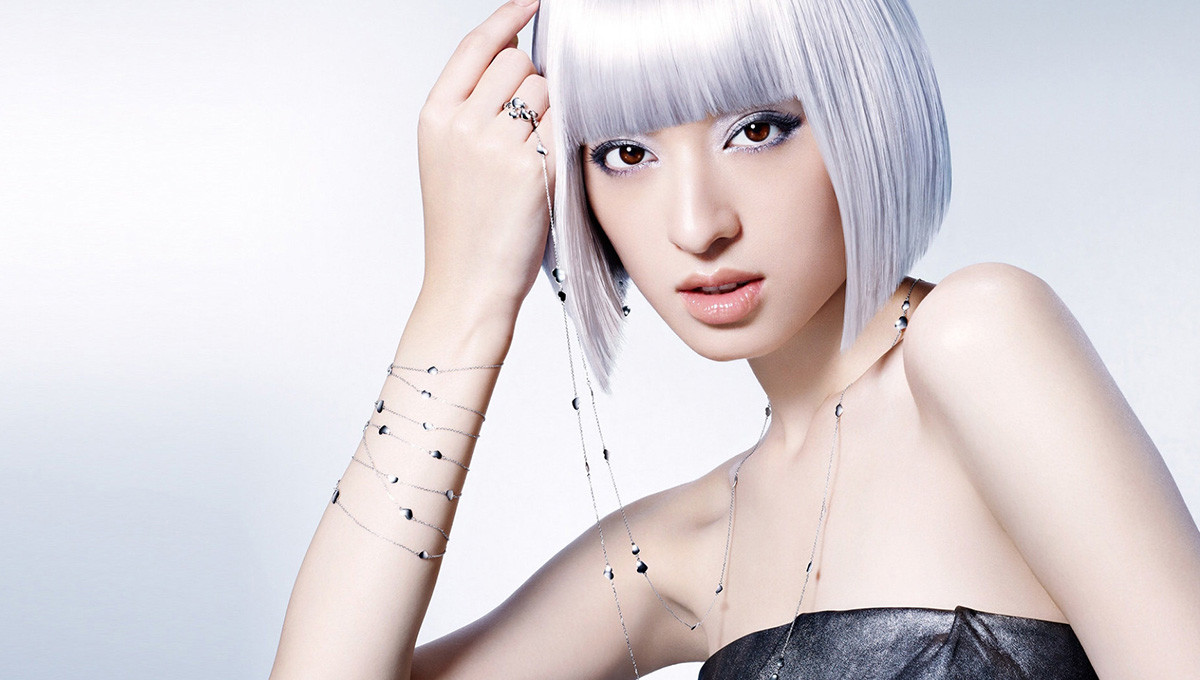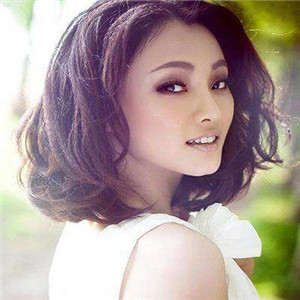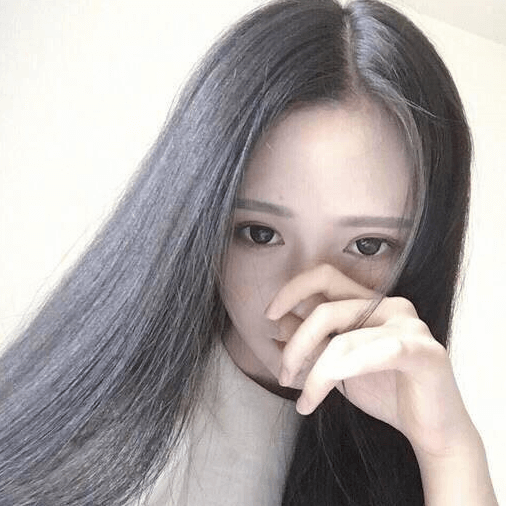
In previous posts, I’ve discussed ways you can help slow down your scalp’s natural oil production, including stretching the time between your hair washes. One of the most frequently asked questions I receive is, “How can I keep my hair clean between washes if I workout or get sweaty daily?” It’s a good question, and the answer applies to anyone who wants to keep their hair clean between hair washes. This post is all about how to keep your hair and scalp fresh, even after sweating, without doing anything that will interfere with your scalp’s natural oil production.
The best way I can explain this topic is to discuss the benefits you get from washing your hair, and then explain a combination of techniques that simulate washing your hair without requiring a full on hair wash. With these techniques you can still get the benefits of a hair wash (sweat-free/odor-free/clean/healthy scalp), without actually washing your hair or interfering with your scalp’s natural oil production.
Benefits of No-Poo Washing vs Rinsing
(In this case, washing does NOT mean shampoo. Washing refers to using a no-poo product or the water-only method.)
The main distinction between washing and rinsing is that washing dissolves natural hair oils and allows you to wash them away. However, rinsing should not disturb the natural oils, but simply rinse cool water through the hair (without scrubbing) to remove dirt and sweat (which is water-based). Washing your hair gives you important benefits that your hair and scalp need to stay healthy. You could just rinse your hair after a workout, but if you are waiting several days between proper hair washes, ONLY rinsing your hair can mean that you’re missing out on the added benefits that washing your hair gives you (i.e. you won’t promote blood flow to the scalp, lift off dead skin cells, wash away hair oils, etc.).
So what should we do? Below is a handy dandy infographic I made to show how you can combine rinsing with scritching/preening/boar-bristle brushing (SPB) to get a lot of the same benefits as you do when you wash your hair. Note: I still recommend washing your hair (with a no-poo or water-only method) approximately once per week. These are just techniques you can follow between hair washes.
Water-Only? I include water-only hair washing as a hair WASH, not a hair rinse. Yes, it uses only water, but the whole point of WO is to wash away excess oils (which is why it includes scrubbing to loosen up excess scalp oils & very warm water which breaks up and washes away excess hair oils better than cold water). It’s definitely a hair wash, not a hair rinse.
How Scritching, Preening, & Brushing “Washes” Your Hair
As you can see in the infographic, combining rinsing with scritching, preening, and boar-bristle brushing (SPB) gives you similar benefits to a hair wash, and they can be used between hair washes to keep your hair/scalp clean and healthy. I’ve talked about the benefits of scritching, preening, and natural bristle brushing many times throughout my posts, because they are essential when following the Water-Only hair washing method, or in this instance, for anyone skipping several days between hair washes.
Scritching is similar to scrubbing your scalp in the shower, except you do it when your hair is dry. It promotes blood flow to your scalp, lifts dead skin cells off your scalp, and loosens excess oils off your scalp. Boom, boom, and boom… Scritching alone checks off the first three points on the list of hair washing benefits. Preening pulls the excess scalp oils away from your scalp, down to nourish the rest of your hair. Brushing also helps pull the oils through your hair (but only if it has natural bristles like boar’s hair or wooden bristles), and the dense bristles of a boar’s hair brush can brush dirt and dead skin cells out of your hair. For pictures and more info on how to Scritch/Preen/Brush, check out Step 2 of this post.
These techniques are so useful that some people have gone so far as only practicing dry brushing and they use water on their hair very minimally. You don’t have to take it that far if you don’t want to, but the point is SPBing can be super effective! 😉
How To Manage Sweat Between Hair Washes
Okay, so you may notice I didn’t mention sweat in the section above. Sweat doesn’t get clearly addressed in the scritching, preening, and brushing (SPB) process, so this is where rinsing comes in. If you have a normalized scalp oil production (or if your hair is not oily while trying this), you will most likely have the best results with SPBing and rinsing. Some people will get satisfactory results after just SPBing, no extra steps required, but some people will need (or just want) a hair rinse after a workout. Both of those options are explained below, with a third option for those with excessively oily hair, those who don’t ‘t feel like wetting their hair, or for anyone unhappy with the results they got from rinsing.
Option 1: SPB without a rinse. If SPB is enough for you after a workout and you don’t require a hair rinse, here’s the method I recommend you follow. After a workout, put your hair up and out of the way (in a shower cap, old t-shirt, microfiber hair towel, etc.), and wash your body in the shower, bath, or however you get clean. When you’re out of the shower and dry, take your hair out of any updos or bands and shake it out so it can breathe and any leftover sweat can dry. Definitely wait for the sweat in your hair to dry before attempting to SPB, or you might have a difficult time with it. Make sure you keep up with SPBing so your natural oils don’t build at your roots throughout the week. You can SPB daily, or every few days if you don’t notice a lot of natural oil building up at your roots.
Option 2: Go straight for a hair rinse. If you need to (or prefer to) rinse your hair after a workout, here’s how to do it. The water temperature needs to be COOL (or lukewarm if you have to). Cool water will wash away dirt, lifted dead skin cells, odors, and sweat off your hair, but it won’t dissolve oils like warm water will. (Which is good!) You can wash your body with whatever temperature you want to. Just keep your hair out of the water stream until you’re ready to do a cool water rinse, and avoid letting the water pressure sit on your head for the entire shower. When you’re ready, rinse your hair under cool water, and gently run your fingers through your hair/across your scalp to get the water to all areas of your head. You can let the water rinse over your hair thoroughly, but DON’T scrub. Sweat is water-based, so rinsing your hair & scalp with water does a good job of removing it on its own. If you keep the water cool and scrubbing to a minimum, you won’t wash away your natural hair oils or mess up your scalp’s oil production. Just make sure you SPB in between washes regularly to keep your oil production at bay, or you might end up with wet/oily hair after a hair rinse.
Option 3: Excessively Oily Hair? Don’t want to wet your hair? Aren’t happy with the results of a rinse?: Dry shampoo works fantastically well as a fail-safe. Dry Shampoo is a powder that you can rub into your hair to soak up excess oils and refresh the scent of your hair. It’s literally magical, and the perfect solution to a morning time crunch when you just don’t have enough time to wash and dry your hair or properly brush all the oils away from your roots. Dry shampoo is used without having to get your hair wet, the oil-free effects last all day, and it can help you wait another day before having to wash your hair. HOWEVER, I recommend using the least amount of dry shampoo as possible since the powder does soak up the oils on your head, which could make your scalp think it’s dry and needs to produce more oils (as if you just washed your hair). So I recommend using it just along the hairline for up-dos, or just along the part line and on fringe for hair that’s styled down. This way, only the parts seen by everyone else look clean, but the underneath sections of hair can stay oily but hidden. Remember, the less you use the better.
Dry shampoo doesn’t actually remove excess oils or wash them away, it just adds a powder to your hair that soaks the oils up, so keep in mind the dry shampoo product will stay on your head until the next time you wash or rinse it out. So I recommend aiming for a gentle, non-irritating and non-drying formula that won’t make your scalp itchy during the week. I definitely prefer and highly recommend using a natural DIY dry shampoo (recipe below), but you can use a store-bought dry shampoo if necessary. Just watch out for and avoid silicones and drying alcohols in the ingredients.
For a simple, cheap, and natural dry shampoo, consider using arrowroot powder (found in health food stores) or cornstarch to soak up excess oils on your scalp. These powders are white like most dry shampoos, and blend excellently into light hair. For dark hair, mix together a ratio of 1/2 arrowroot powder (or cornstarch) and 1/2 unsweetened cocoa powder. This is the mixture I use. The cocoa powder helps the mixture blend into dark hair much easier and smells amazing. These are all natural (edible) ingredients that shouldn’t irritate your scalp, and with this method you don’t have to worry about using preservatives, drying agents, or silicones that can’t be washed out into your hair. I really love this DIY alternative for dry shampoo. I’ve used it for the last two years, it refreshes the scent of my hair, and it makes it look and feel so soft and as clean as if I just washed it.
What about Dirty Hair Smell?
A buildup of natural oils sitting on the scalp for too long is usually what causes the dirty hair smell, but you can prevent odors from building up if you keep up with SPBing and keep the oils from building up at your scalp. If you do notice any unwanted odors, you can either apply dry shampoo to deodorize your hair (which also soaks up excess oils), dilute essential oils in a spray bottle of water and spray that on damp hair, apply a silicone-free / water-soluble delicious smelling hair product, or simply try rinsing your hair which should refresh the scent of your hair. I’ll make an entire post about this soon.
Troubleshooting
You will probably get the best hair rinse results if your hair isn’t excessively oily for this process. Experienced no-pooers with a normalized oil production will probably have an easier time with this. If you aren’t getting the results you want after regularly Scritching/Preening/Brushing and the rinse left you with unwanted results, it is most likely because you rinsed when you already had oily hair. Either you’re still heavily in the oily transition, or you aren’t SPBing (with a clean brush) daily, in which case you should try using a small amount of dry shampoo (explained above). Or it may simply just be time for an actual No-Poo or Water-Only hair wash.


